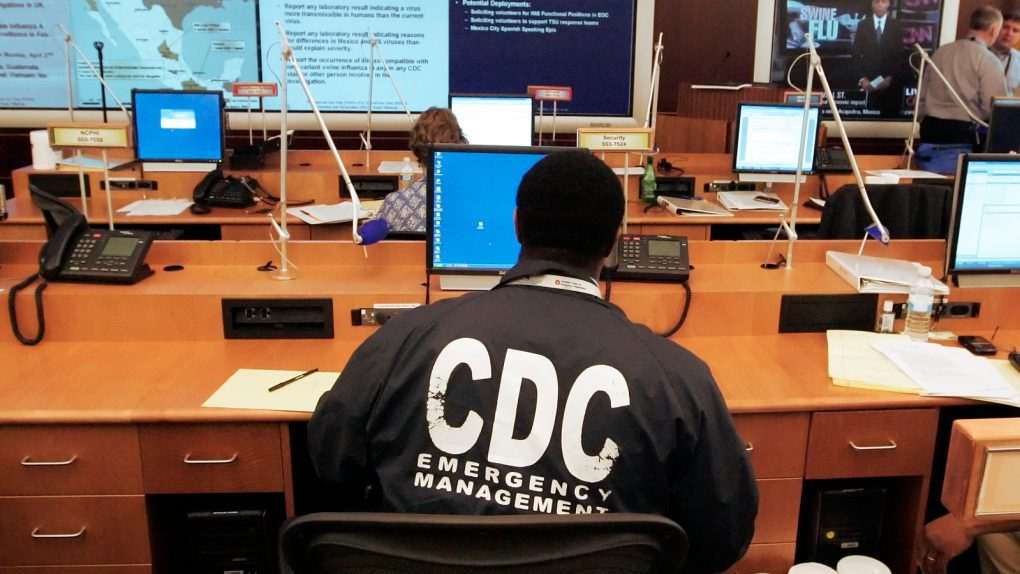- The Centers for Disease Control and Prevention (CDC) released updated guidance last Friday for coronavirus patients who are self-isolating at home as they recover.
- The CDC previously recommended that anyone with symptoms should stay home for 10 days and then wait at least 72 hours after their fever had subsided to leave isolation, but now the CDC says that waiting just 24 hours after your fever disappears is enough.
- It’s important to check the CDC’s website for updated guidance about COVID-19 often.
It might feel like the novel coronavirus pandemic started a lifetime ago, but in reality, the virus is so new that guidance from national and international health groups is still changing on a weekly, if not daily, basis. Although the US Centers for Disease Control and Prevention are currently being hamstrung by the Trump administration, the organization has continued to adjust its messaging about the virus, and the latest update is an especially important one. Last Friday, the CDC made big changes to its guidelines for people recovering from COVID-19 at home.
Previously, the CDC suggested that COVID-19 positive patients with symptoms should isolate at home for at least 10 days after symptoms first appear and then wait at least 72 hours since the last sign of fever without using any fever-reducing medications before ending isolation. As of July 17th, the CDC now says that as long as you’ve gone 24 hours without a fever after your 10-day isolation, you aren’t likely to infect anyone else.
“Concentrations of SARS-CoV-2 RNA measured in upper respiratory specimens decline after onset of symptoms,” the CDC says in a new document that explains the reasoning for adjusting its guidance.
“The likelihood of recovering replication-competent virus also declines after onset of symptoms. For patients with mild to moderate COVID-19, replication-competent virus has not been recovered after 10 days following symptom onset. Recovery of replication-competent virus between 10 and 20 days after symptom onset has been documented in some persons with severe COVID-19 that, in some cases, was complicated by immunocompromised state. However, in this series of patients, it was estimated that 88% and 95% of their specimens no longer yielded replication-competent virus after 10 and 15 days, respectively, following symptom onset.”
Furthermore, the document also says that “retesting is not recommended within 3 months after the date of symptom onset for the initial COVID-19 infection” for those who recover and no longer have symptoms.
The second change is more about semantics, but it is equally important. The guidance for COVID-19 patients under isolation previously stated that one of the criteria for ending isolation was “improvement in respiratory symptoms,” but as the list of symptoms has expanded rather substantially, the CDC updated the page to simply say “improvement in symptoms.” The long list of symptoms of COVID-19 seems to grow every week, and now includes non-respiratory complications such as fatigue, loss of taste and smell, nausea, vomiting, and diarrhea.
As important as it is for everyone to wear a mask, wash their hands, socially distance, and get tested, it’s just as vital that the people who test positive know what they’re in for and how to protect those around them. The good news is that the CDC’s updated guidance means your self-isolation won’t be quite as long as you expected.








